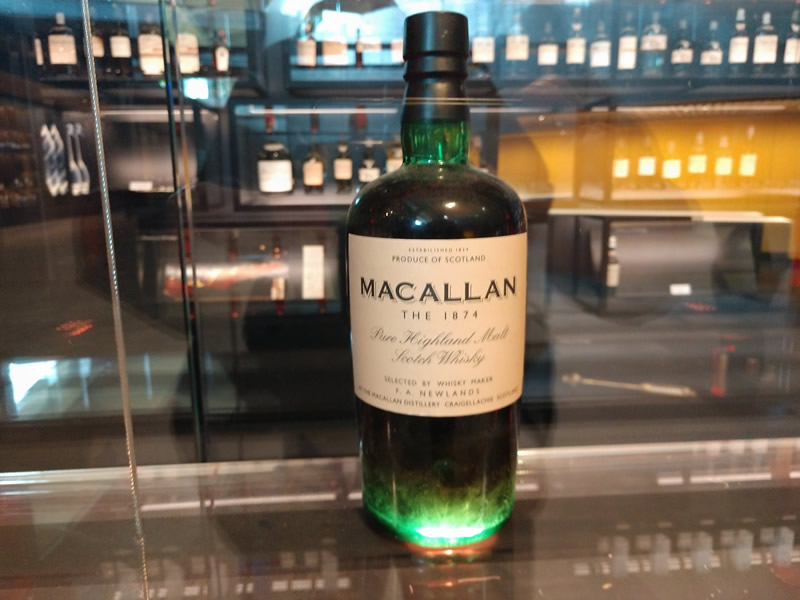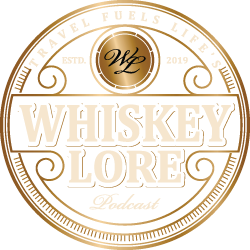What Makes a Whisky Cost $50,000 or More?

The next cost is in the value increase based on scarcity. If it is hard to get, people will pay more for it.
The next cost is the mystique factor. There are a lot of people who will pay high dollar to show off that they can spend a lot on a bottle, or to brag about the bottle in their collection.
And then there is the auction market. People buy and sell these bottles over and over. They see them as investments.
Then there are the other basic costs that happen with every whisky. 72% of that cost is in tax to the UK government, according to the Scotch Whisky Association. Then there are production costs, cost of employees to watch over the barrels, the tax on the facilities where it is stored for 67 years.
But the greater question may be, is it worth $50,000? Do you like the taste of wood? The more contact a spirit has with wood, the more the wood imparts its flavor. With only a small amount of liquid in the barrel, a huge percentage of liquid is in contact with the wood.
In a rye or peated single malt, more time in the barrel destroys the spice of rye and kills the smoke from the peat. The winner becomes the oak it is stored in. That wood hogs a large portion of the flavor. Non-peated malts and wheated whiskies tend to work better with wood over more years, but there is a point of diminishing returns.
I call it the “sweet spot” - where the wood has mellowed the whiskey to a point of balance between the untamed spirit and the cask it sits in. In that case, I value a 12–20 year old Macallan well over a 67 year old Macallan. If you ever see me owning a bottle like that, you’ll know I’ve either gotten into the auction market, or I want trophies for a trophy case.
The more you learn and explore single malts, the more you’ll see that age shouldn’t be the deciding factor. And price is definitely not an indicator of overall quality.
For more whisky knowledge, join Whiskey Lore's Quora Space
